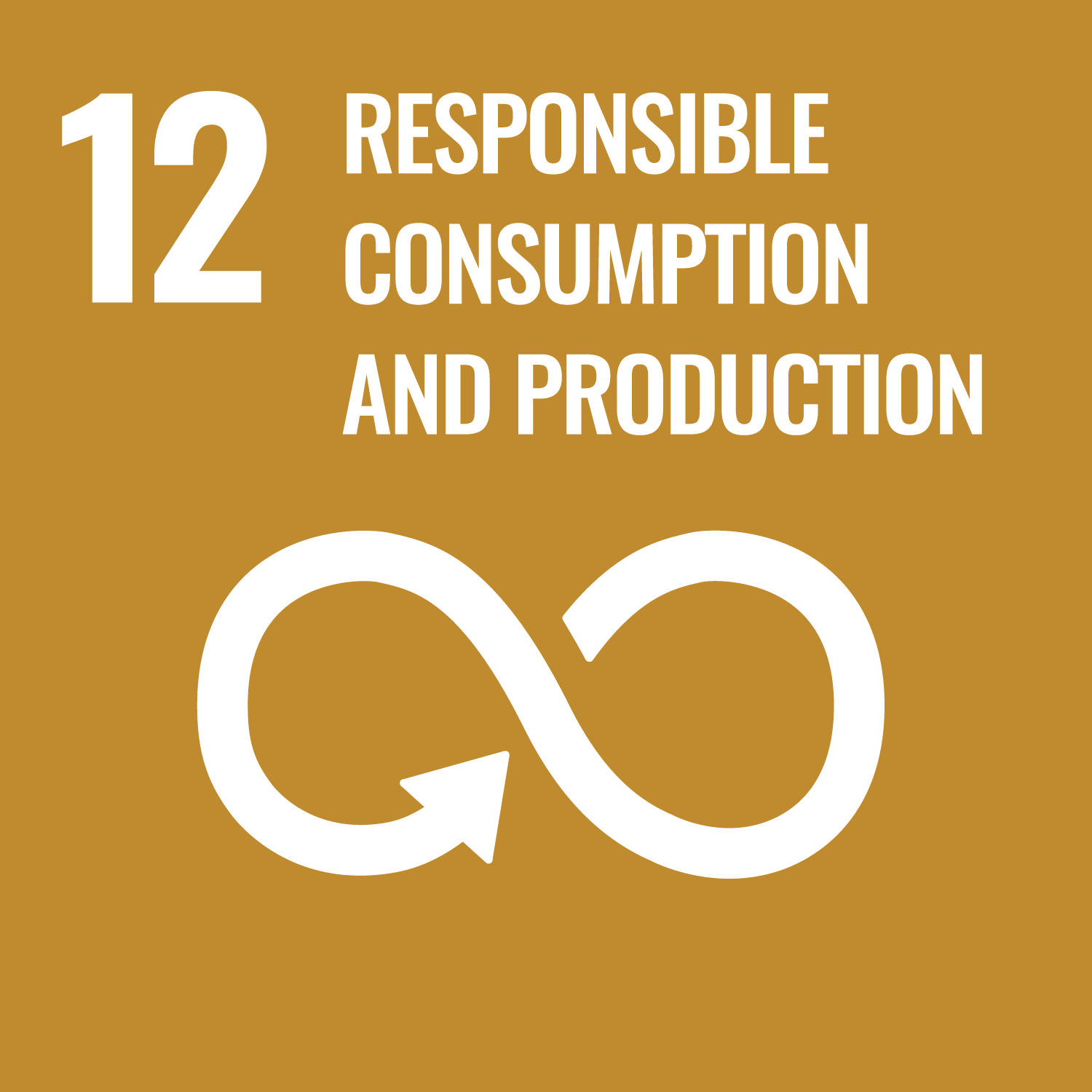ORCID
- Andrew Turner: 0000-0003-0505-4561
Abstract
© 2018 Elsevier B.V. Cadmium is a toxic heavy metal that has been increasingly regulated over the past few decades. The main exposure routes for the general public are the consumption of certain foods and the inhalation of cigarette smoke. However, additional exposure may occur through the current and historical use of the metal in consumer products. In this paper, the uses of Cd in consumer goods are reviewed, with the focus on brightly-coloured Cd sulphide and sulphoselenide pigments, and measurements of Cd in historical and contemporary products ascertained by XRF are reported. Cadmium is encountered across a wide range of contemporary plastic products, mainly because of the unregulated recycling of electronic waste and polyvinyl chloride. However, concentrations are generally low (<100 μg g−1), conforming with current limits and posing minimal risk to consumers. Of greater concern is high concentrations of pigmented Cd (up to 2% by weight) in old products, and in particular children's toys that remain in circulation. Here, tests conducted suggest that Cd migration in some products exceeds the Toy Safety Directive limit of 17 μg g−1 by an order of magnitude. The principal current use of Cd pigments is in ceramic products where the metal is encapsulated and overglazed. Leaching tests on new and secondhand items of hollowware indicate compliance with respect to the current Cd limit of 300 μg L−1, but that non-compliance could occur for items of earthenware or damaged articles should a proposed limit of 5 μg L−1 be introduced. The greatest consumer risk identified is the use of Cd pigments in the enamels of decorated drinking glasses. Thus, while décor is restricted to the exterior, any enamel within the lip area is subject to ready attack from acidic beverages because the pigments are neither encapsulated nor overglazed. Glass bottles decorated with Cd-based enamel do not appear to represent a direct health hazard but have the propensity to contaminate recycled glass products. It is recommended that decorated glassware is better regulated and that old, brightly-coloured toys are treated cautiously.
DOI Link
Publication Date
2019-03-20
Publication Title
Science of the Total Environment
Volume
657
ISSN
0048-9697
Acceptance Date
2018-12-07
Embargo Period
2019-12-10
First Page
1409
Last Page
1418
Recommended Citation
Turner, A. (2019) 'Cadmium pigments in consumer products and their health risks', Science of the Total Environment, 657, pp. 1409-1418. Available at: 10.1016/j.scitotenv.2018.12.096


